They all waddle, they all quack (sort of), and they all love a good paddle.
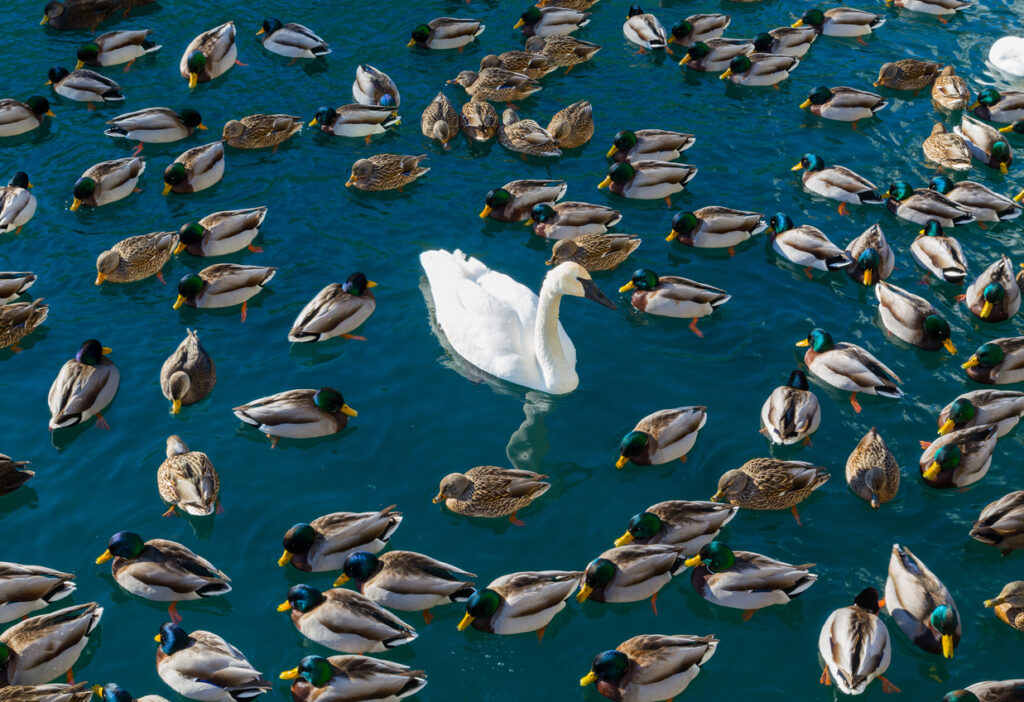
However, geese, ducks, and swans are far from the same bird in different sizes. Whether you’re walking around a pond or birdwatching in the wild, these feathered cousins have plenty of quirks that set them apart. Here are 12 surprising ways these feathered friends differ beyond just the shape of their beaks.
1. Their neck lengths aren’t just for show.
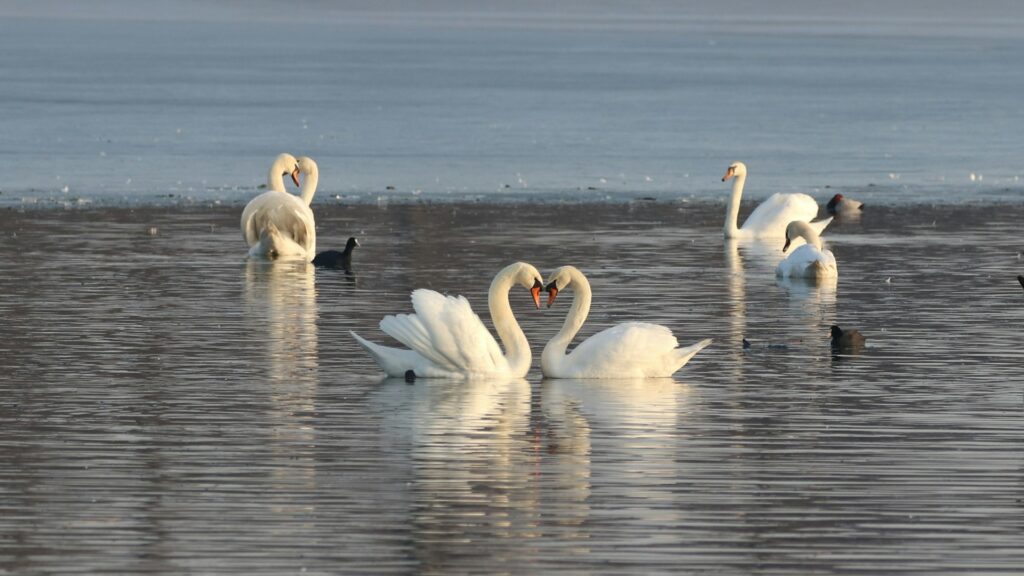
The most obvious difference is in the neck. Swans have long, graceful necks that help them reach deep underwater plants, making them look elegant even when eating. Geese have moderately long necks, useful for grazing and scanning for danger.
Ducks, on the other hand, keep it short and compact. Their shorter necks are better suited to dabbling on the water’s surface or foraging in shallow mud. So when you see a swan gliding past like royalty, it’s not just posing—it’s adapted for a whole different diet.
2. Their calls are wildly different.
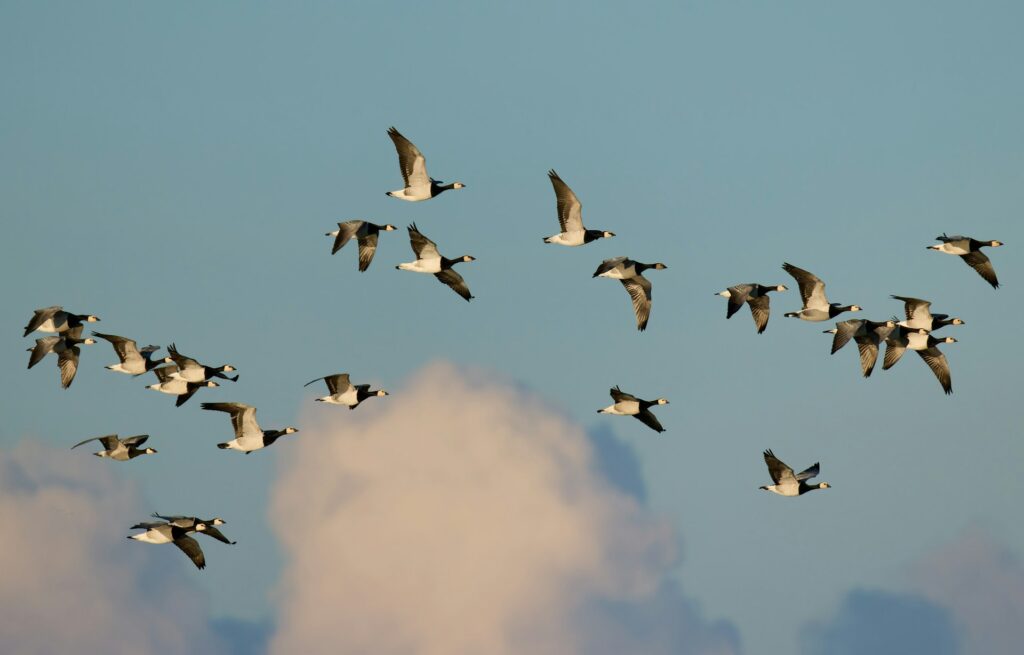
Everyone thinks ducks quack—and some do—but ducks actually have a whole variety of sounds depending on the species. Mallards quack, but teals whistle and eiders make soft cooing sounds. Geese are far more nasal and honk loudly, often as a group. Swans have deeper, trumpet-like calls or soft grunts, though the mute swan—despite the name—isn’t totally silent, just less vocal than others.
3. Ducks are the most compact of the trio.
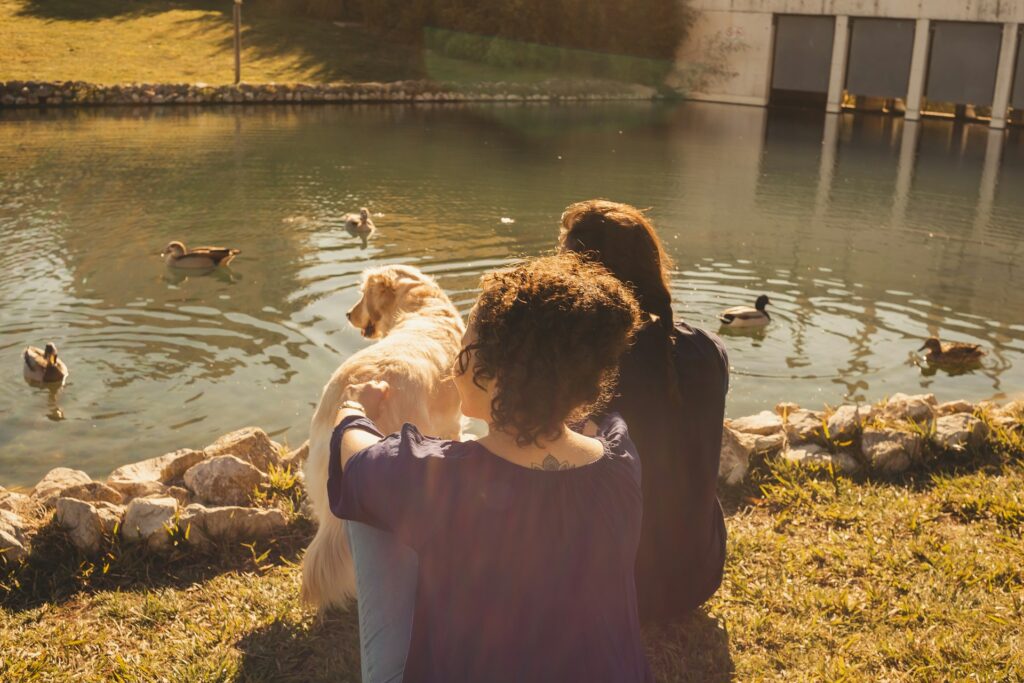
When it comes to body build, ducks are the smallest and most rounded. Their compact size helps them with agility and quick takeoffs, which is great for escape and foraging in tight spots. Geese are more elongated and heavier, while swans are significantly larger, with some species weighing over 10 kg. If you’ve ever been chased by a goose, you’ll know they carry that weight with full confidence.
4. Swans mate for life, and defend it fiercely.
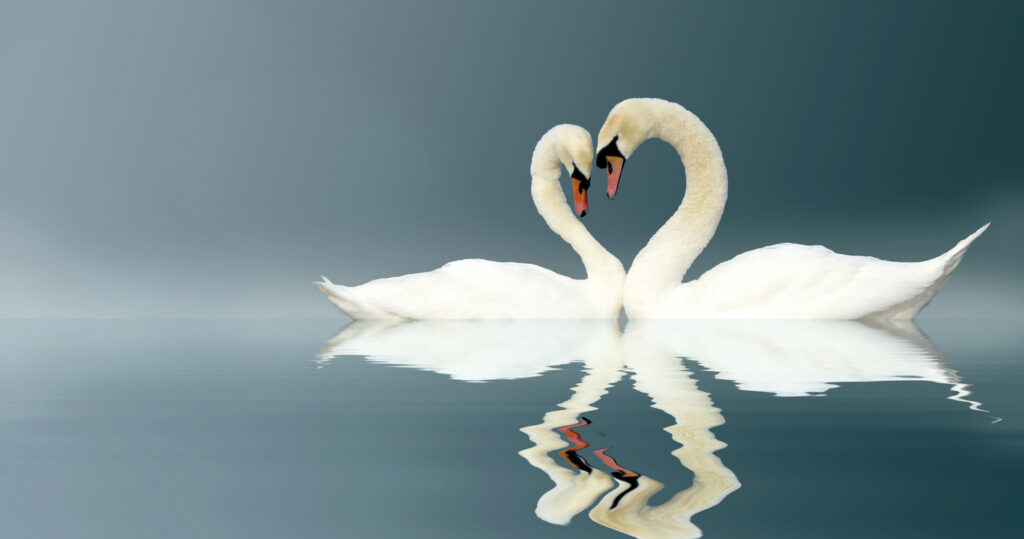
All three birds can form pair bonds, but swans are known for their long-term loyalty. Most species mate for life, and swan pairs can be fiercely territorial, especially during nesting season. Geese also show strong family loyalty and often travel in close-knit units. Ducks are a bit more casual—some pair up for a season, but many are more opportunistic, with mating strategies that vary wildly by species.
5. They hold their wings differently on land.
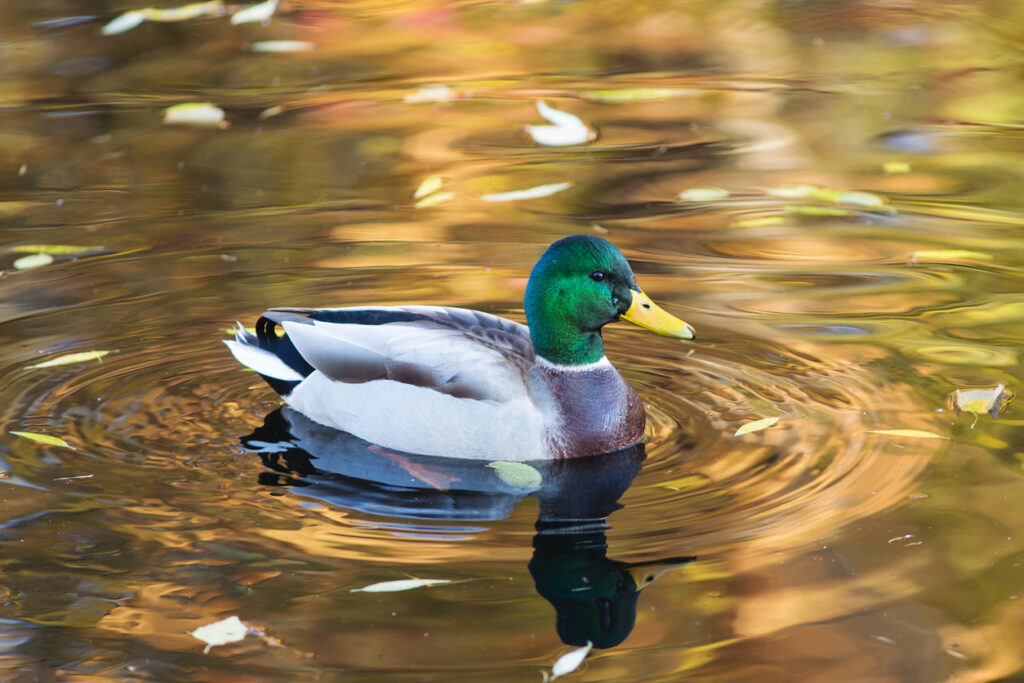
If you watch these birds walking around, you’ll notice a posture difference. Ducks often hold their wings tighter to their bodies, which makes them look more tucked-in as they waddle. Geese and swans hold their wings slightly more open, especially when alert or protecting young. Swans in particular have a dramatic wing-arching posture when threatened, which can look beautiful—or absolutely intimidating, depending on the mood.
6. Swans are almost always white in the UK.
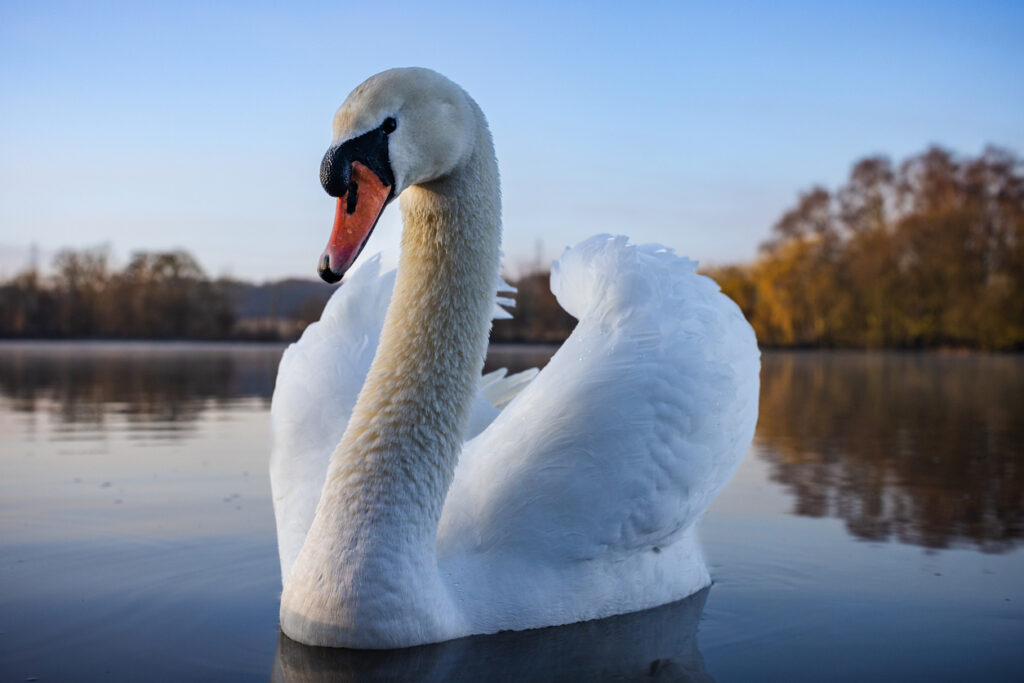
While ducks and geese come in all sorts of patterns and shades, UK swans are mostly white—specifically the mute swan, which is the most commonly seen species on lakes and rivers. Ducks often have bright colours and iridescent patches, especially among males. Geese tend to be more subdued—greys, browns, and black-and-white patterns help them blend into open fields or marshes.
7. Geese are grazers, while ducks are dabblers.
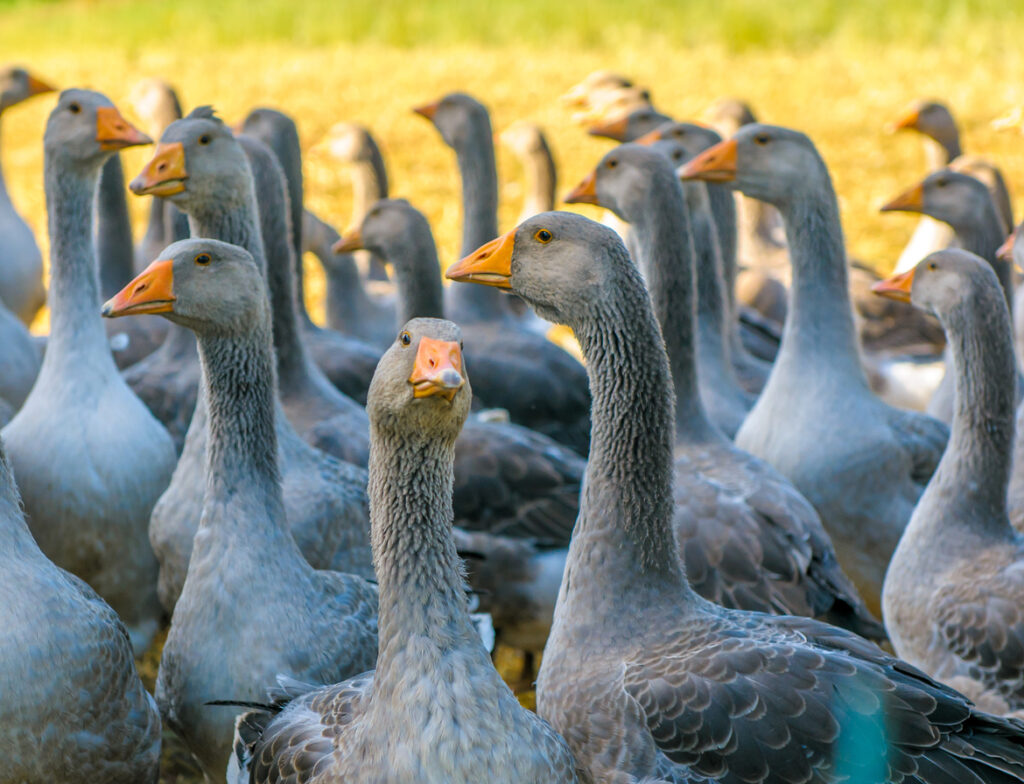
Ducks mainly dabble, skimming food off the water’s surface or tipping their heads down to forage underwater. They eat everything from plants to insects, depending on the species and habitat. Geese, meanwhile, spend a lot more time grazing on land. You’ll often see them walking in fields, nibbling on grass like feathered lawnmowers. Swans do a bit of both—grazing and diving, especially for aquatic plants.
8. They have different parenting styles.
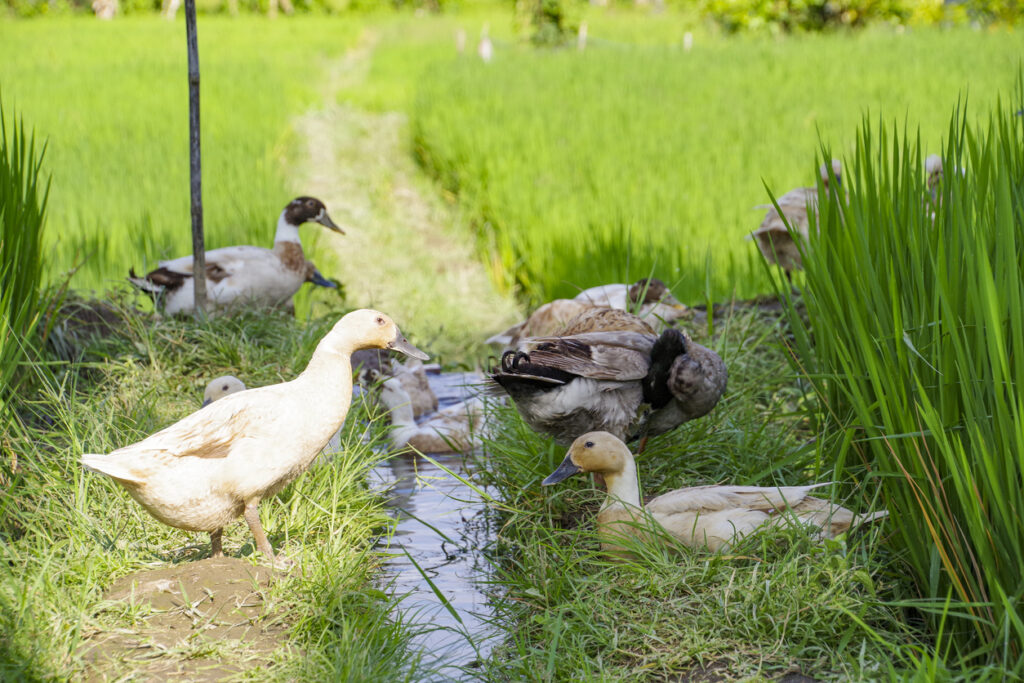
All three birds are dedicated parents, but their styles vary. Swans are highly protective and keep their cygnets close, often carrying them on their backs across water. Their bond lasts for months. Geese are also attentive, forming tight family units and often migrating with their young. Ducks tend to have more offspring at once and rely on camouflage and early independence to boost survival odds—ducklings often feed themselves within hours of hatching.
9. Swans have a royal connection in the UK.
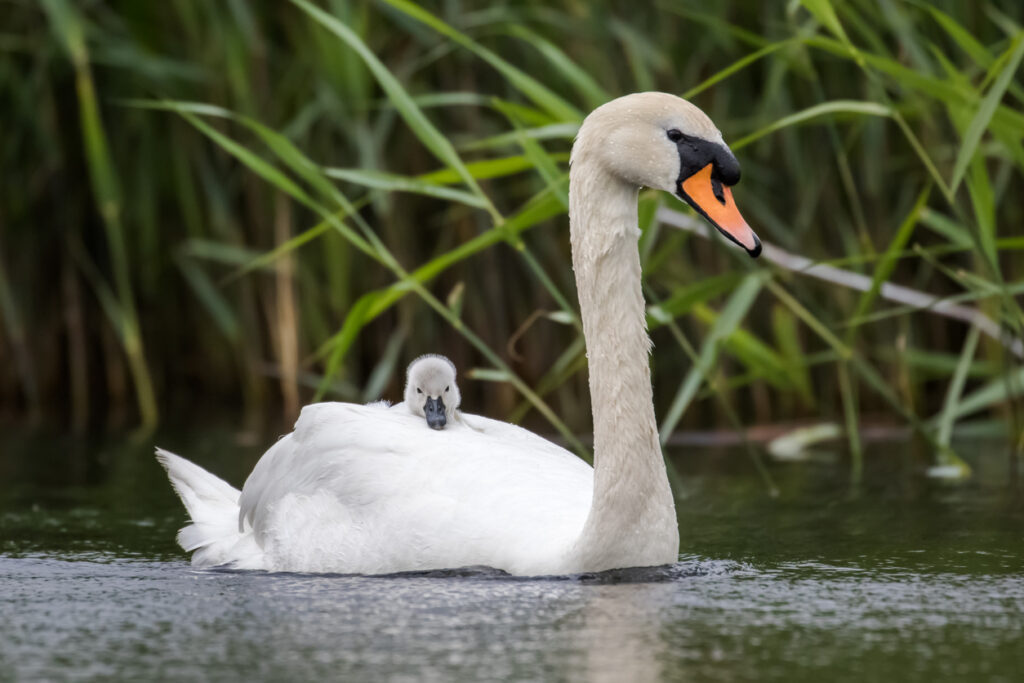
The mute swan has long been associated with British royalty. In fact, all unmarked mute swans in open water in England and Wales technically belong to the Crown, although the tradition is more ceremonial than enforced these days. Every year, the Swan Upping ceremony on the River Thames sees a historic count of these birds—a tradition that dates back centuries. Ducks and geese, meanwhile, enjoy no such regal status.
10. Ducks can fly surprisingly high.

Many people assume ducks just flap around locally, but migratory ducks can fly at incredible altitudes—some species have been recorded at over 20,000 feet while crossing mountain ranges. Geese also reach high altitudes during migration—famously flying in V-formations to conserve energy. Swans fly long distances too, but their massive size gives them a slower, more powerful flight style that feels very different in the air.
11. Geese form tight-knit flocks.
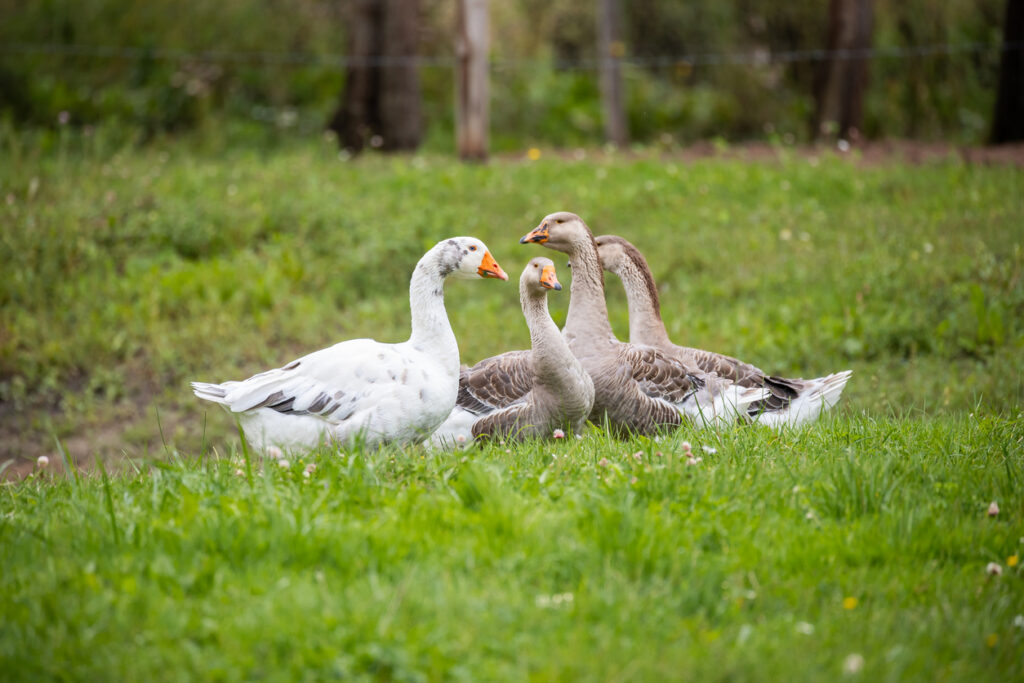
Geese are intensely social and travel in flocks that function like extended families. These groups communicate constantly with honks and maintain structured formations during migration and feeding. Swans are more territorial and often keep their distance from other swan pairs. Ducks vary—some are highly social and form large flocks, while others prefer quieter, solitary lives depending on the season.
12. They all moult, but ducks do it dramatically.
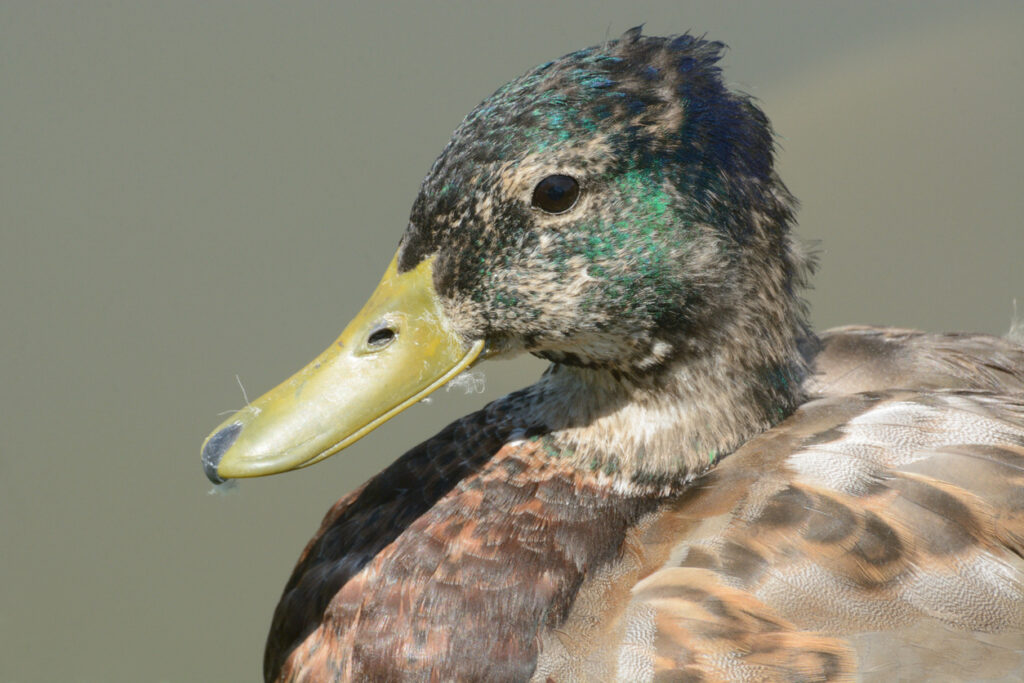
All three birds go through moulting, where they shed and regrow their feathers, but ducks often do it all at once, losing all their flight feathers and becoming temporarily flightless. This “eclipse” period usually happens after the breeding season and leaves them looking duller and scruffier. Swans and geese moult too, but usually in a slower, more staggered way that doesn’t leave them quite so grounded.